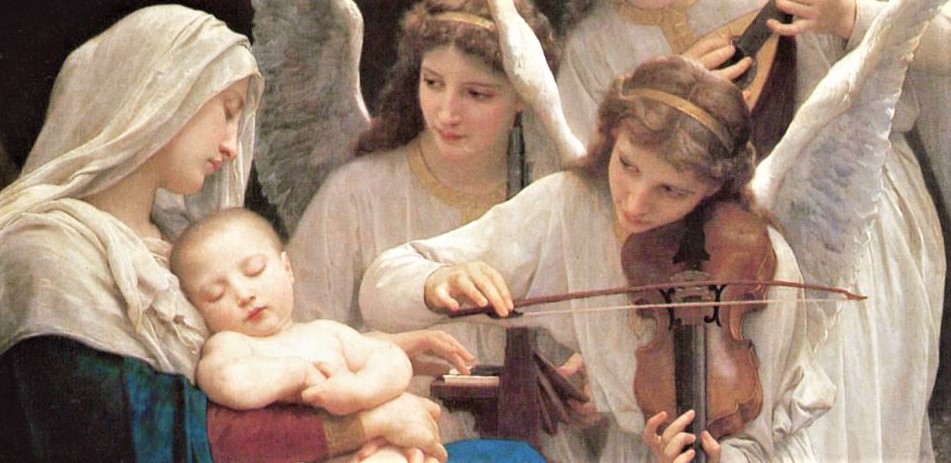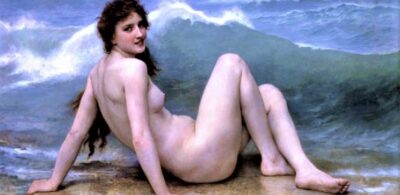The Getty’s Great Bouguereau Debate
On June 6th, some 400 people packed the Harold M. Williams Auditorium at the Getty Museum in Los Angeles to hear a lecture titled, The Great Bouguereau Debate. The academic painter William Adolph Bouguereau was the president of the painting section of the Paris Salon in 1881, and depending on how you see things he was either the defender of western civilization or a major obstacle to progress.
There’s no doubt that Bouguereau was a tenacious opponent of the Impressionists, and that he used his position to keep that malcontent rabble at arms length, for that alone I count myself amongst his many detractors.
The expectant crowd at the Getty was clearly split down the middle regarding Bouguereau’s legacy, with half of those in attendance being passionate opponents and the others enthusiastic supporters.

A good portion of those present were followers of the Art Renewal Center, a group devoted to classical and academic painting that I took to task in an earlier web post titled, Art Renewal Center: A Return to the Past. The professionals who lectured from the podium also reflected the divide in the audience.
Historian Gerald Ackerman and artist Peter Zokosky spoke as supporters of Bouguereau, with Zokosky presenting himself as a particularly ardent devotee. It was the chief curator of European art at the Los Angeles County Museum of Art, Patrice Marandel, who expressed a vociferous critique of Bouguereau, comparing him to none other than Thomas Kinkade.
Los Angeles painter, John Paul Thornton, attended the debate and posted an amusing report of the proceedings on his web log, which I encourage everyone to read. While Thornton writes like an admirer of Bouguereau, and appears to defend the academic school, he actually embraces many styles of painting and has even been known to dabble in installation art.
Having studied under the expressionist painter, Hans Burkhardt, Thornton possesses an appreciation for all genres of painting, from classical to extreme modernist. Like myself, he is primarily interested in “raising the bar” for today’s artist, insisting on a combination of technical proficiency and powerful content. He spends much of his time teaching draftsmanship and painting technique, and fans of figurative realist art will no doubt enjoy visiting Thornton’s website.




